When I was pregnant with Kalindi I experienced a sense of universal sisterhood. Suddenly women could relate to me, even women who had never been pregnant. Suddenly everyone cared about my comfort – from messages on Instagram to doing whatever possible to make me comfortable in restaurants and other public spaces. For my part I appreciated this experienced, and looked for stories of other women who could help me approach this beautiful and special time in a healthy and balanced way. Most pregnant women do the same.
In particular I wanted stories from other yogis. How did they approach their practice when they were pregnant. What was the impact this experience had on their pregnancy and later motherhood. Was their practice changed forever? Does the body ever go back to the familiar shapes and contours of ‘before’? Although I found a lot of information on the internet, there was surprisingly little about the pregnant yogi’s experience. I decided to change that.
I came across Mariela Cruz’s story in a book called Yoga Sadhana for Mothers (which I’ve reviewed in this post.) Her story was intense, she was in and out of pregnancies for 21 years…
Mariela Cruz: A Mother, a Yogi
Mariela is an Authorised Level 2 Ashtanga Yoga (authorised by the late Sharath Jois). She is also a lawyer with three master’s degrees, a writer, and mother of seven children. What I found super interesting was that she was also the Costa Rican ambassador to India from 2017-2018. In this capacity I believe she has seen and understood India more than the average yoga practitioner.
Her unique path, navigating a demanding professional life alongside a deep yoga practice and a large family, offers invaluable insights into how yoga can serve as a guide and anchor through the transformative experience of motherhood. Here are a few excerpts from our chat. You can watch the entire conversation here.
Motherhood and Yoga: A Journey Rooted in Ashtanga
Mariela began her Ashtanga journey with Sharath Jois in Mysore in 2003. She received her Level 1 Authorisation in 2007 and Level 2 in 2009, being among the first to be authorised to teach the intermediate series. Mariela practiced throughout her pregnancies with the help of Saraswati and her Guruji, Sharath Jois. At 58 she is practicing up to Marichiyasana G in the fourth series. What stood out to me during our conversation is the faith and devotion that she has for her Guru and for the path of yoga.
The Spiritual Dimension of Motherhood
Mariela spoke about motherhood as the highest spiritual experience a woman could have. She believes that we are just conduits for the souls that are coming through us. She describes motherhood as “yoga 24/7”, an endless path of selfless service that continues throughout life. For Mariela, bringing babies into the world today is seen as a mission of love, bringing blessed souls meant to help raise the consciousness of the planet.
She emphasises that although Ashtanga yoga looks very physical, that is just tip of the iceberg. The practice of Ashtanga Yoga helps to crumble down of the conditioning and poison of samsara. As women, we carry cultural expectations about how to be a woman and a mother, but yoga empowers us to question cultural norms and expectations so that we don’t pass on our conditioning to our children.
She highlights that her teacher, Sharath Jois, recognised the demands on parents practicing in the shala, giving them preference and allowing them to go straight in without queuing.
The Physicality of Pregnancy, Yoga and Motherhood
Pregnancy changes the asana practice, and I was particular interested to know Mariela’s experience with that. She said that she gained significant weight which meant the asana practice was “completely gone”. In her essay in ‘Yoga Sadhana for Mothers’ she speaks of how the body didn’t “obey the mind,” and I wanted to know how she deal with that. She said this actually led to profound spiritual growth. She realised through the experience itself that yoga and life are interconnected and unpredictable.
She described both yoga, life and love as four-letter words, and these words describe motherhood.
She also spoke of the importance of surrendering to the feeling. She described pregnancy like being possessed; you give control to the baby, who dictates when to eat, sleep, and even pee. When the baby is born, the baby becomes the guru. This profound experience involves listening deeply to the body as it changes. Mariela notes that in the first 12 weeks of pregnancy, there are so many subtle changes, and a woman starts perceiving life differently, growing “new eyes, new ears”. Not only does the belly expand, but the heart expands to contain not only the baby but all the babies and mothers in the world, fostering interconnectedness. This speaks of the invisible sangha that is motherhood.
Navigating Cultural Expectations and Finding Your Path
But how do you make this journey your own? Specially if you come from a culture where pregnancy, postpartum and motherhood are steeped in cultural expectations?
Mariela’s journey involved questioning cultural expectations in Costa Rica (which she found relatable to India) about how a woman and mother should behave. here she stresses that you are the creator of your life and listening to your heart is important. She felt called to travel to India alone, leaving her children for a month each year to be with her guru.
- Finding balance is key. Mariela decided to pursue her master’s degree shortly after her second baby (a daughter) was born, despite lacking significant support, demonstrating that “you can do it”.
- She emphasises the importance of finding your own voice and identity beyond the role of mother. I find this resonated with the advice my dance teacher gave me when I was pregnant.
- Creating a lifestyle that allows for your passion (career or other pursuits), time with your partner, and time with your baby requires asking for help. Women are often conditioned to do it all perfectly on their own, which is humanly impossible.
- Prioritising your mental health is paramount, which is where practice comes in – this could be dedicated asana practice, meditation, quiet time, or simply time away from the family.
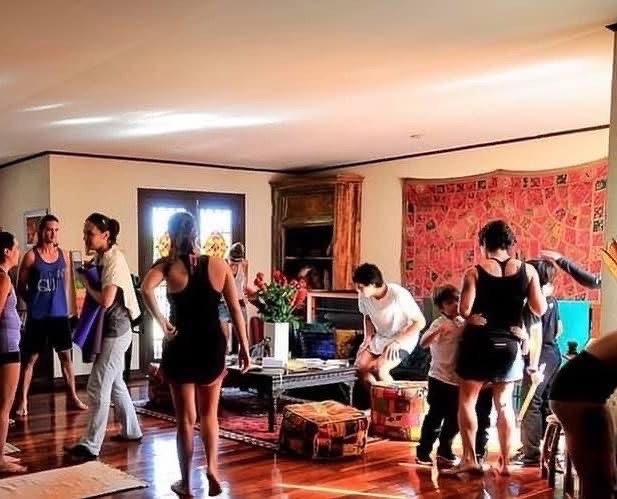
A candid and sweet moment many yoga practitioners who are mothers can relate to.
Birth and Postpartum
Mariela has experienced both vaginal and C-section deliveries. I felt this made her the perfect candidate to speak about the myths and truths about both experiences.
She advises against judging birth experiences, stating that yoga is the unconditional acceptance of “what is”. While there can be pressure to have a “natural” or “normal” delivery, she encourages trusting life and not feeling like you didn’t do it the right way. What matters most is that your baby is in your arms. Her own hardest birth was a planned natural delivery that ended traumatically with forceps, leading to postpartum depression. Her seventh birth was a C-section necessitated by an injury.
Based on her experience, Mariela notes that a C-section is not necessarily easier; it can be very violent and painful. While recovery from a vaginal delivery might allow a return to the mat in about a month, a C-section wound can be felt for the rest of your life, upsetting the flow of energy. However, she stresses the importance of trusting life and going with your heart when choosing or experiencing the type of birth. She believes each child is born in the perfect way they were meant to be born.
Advice on Postpartum Recovery
For postpartum recovery, Mariela draws on the wisdom of Ayurveda.
- She highly recommends oiling (Abhyanga) for both the mother and baby for the first 40 days. This practice helps calm the vata element, which can become imbalanced after the expansive experience of birth, leading to anxiety and jitteriness.
- Eating nutritious foods that don’t affect the baby while breastfeeding is also crucial.
- Breastfeeding is encouraged as it is the best food for the baby and can help the mother return to her original weight.
- Using a cloth around the belly after birth can also provide support.
- Have a positive attitude and accepting that the baby you received is the best teacher for this phase of your life.
- Enjoy the present moment with your baby.
The Shadow and the Tribe
Motherhood, like yoga practice, has a shadow side that is often not discussed. Feelings of sadness, frustration, regret, and postpartum depression are real. Mariela openly shares her experience with postpartum depression after a traumatic birth. It is important to know that these feelings are part of the journey.
Finding guidance and inspiration is crucial. Mariela emphasises the importance of speaking with other women who have been on the journey – finding your “tribe” or a group of women who understand and won’t judge you. A teacher, girlfriends, or supportive people can make a significant difference.
Inspiration and Resources
Mariela’s journey is an inspiration, showing that it is possible to prioritise your dreams, career, and spiritual practice while being a devoted mother. She still makes her annual trip to Mysore happen, demonstrating that you can be a good mother, supportive partner, and follower of your dreams at the same time.
She recommends the book “The Parent’s Tao Te Ching” by William Martin. The book teaches that we don’t need to make our kids extraordinary; they will find that for themselves. Our role is to teach them how to be present in the ordinary world – simple acts like doing dishes or being kind. Parents’ expectations can be too heavy on kids; just let them be themselves, celebrate their joys, and even their failures, as failures are the ground for spiritual growth.
Before interviewing Mariela I read her autobiography, “Void is a Feathered Bed.” I describe it as a deeply visceral account of a woman’s experiences of pregnancy, motherhood and yoga.
To connect with Mariela Cruz, you can visit her website: marielacruz.com.
I was deeply inspired by Mariela’s journey. Her story reminds me to follow my passion and not fear the vulnerability and uncertainty that comes with the experience of motherhood. It’s shows that vulnerability and uncertainty can lead to unparalleled and beautiful growth.
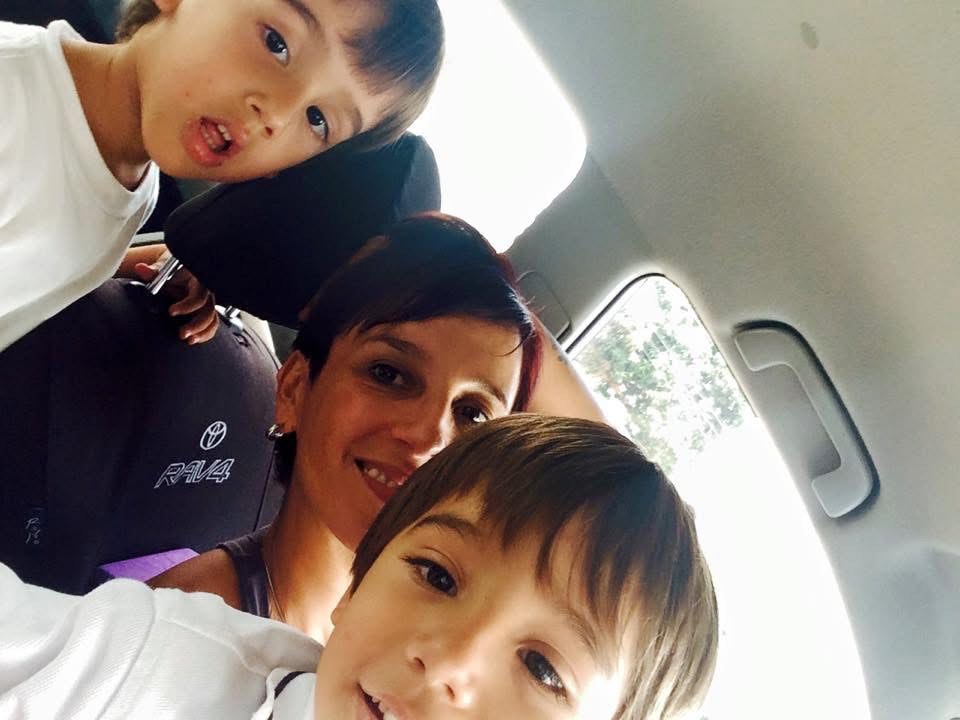
Following our dreams teaches our children to do the same.
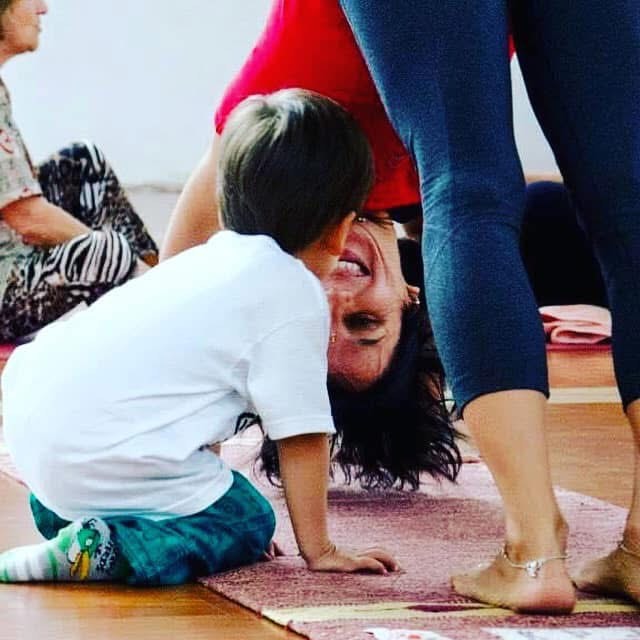
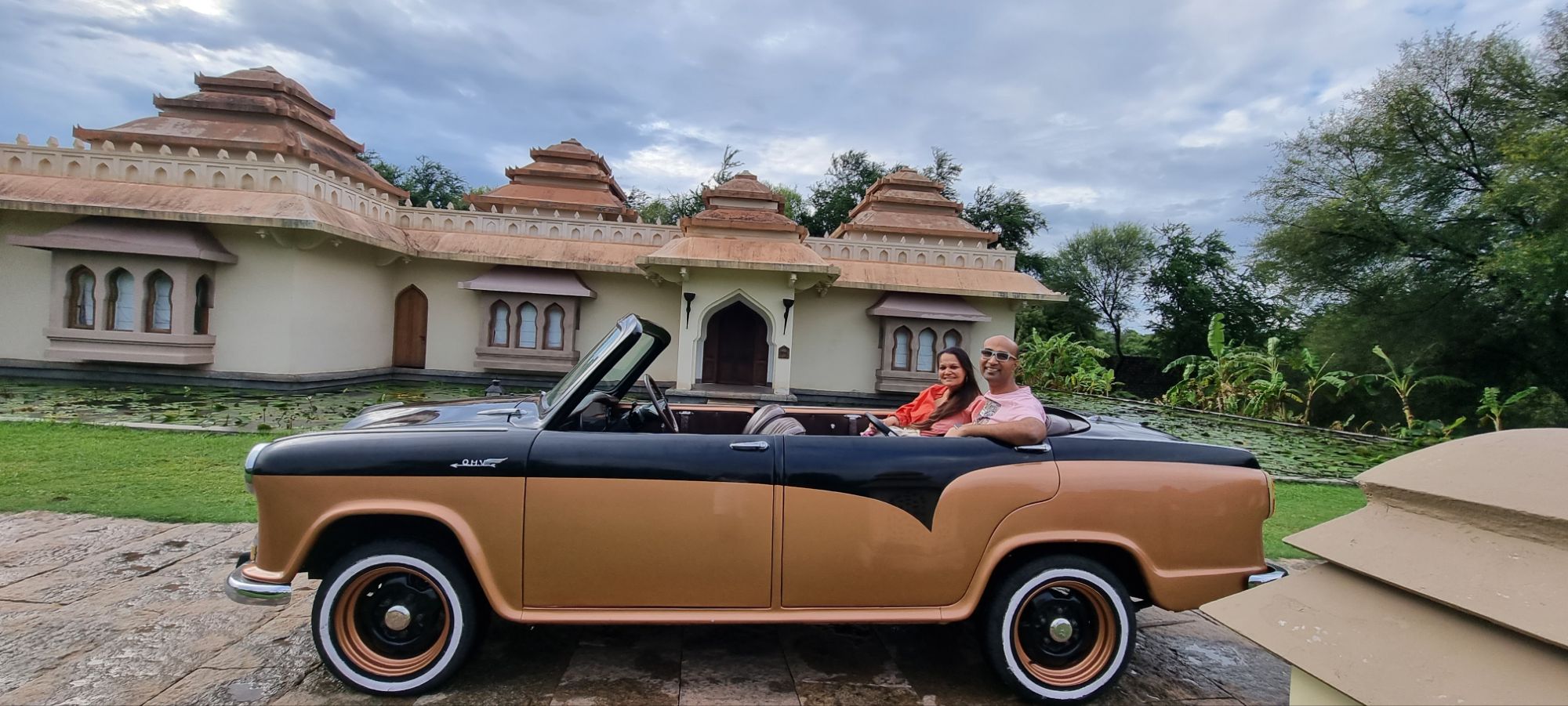
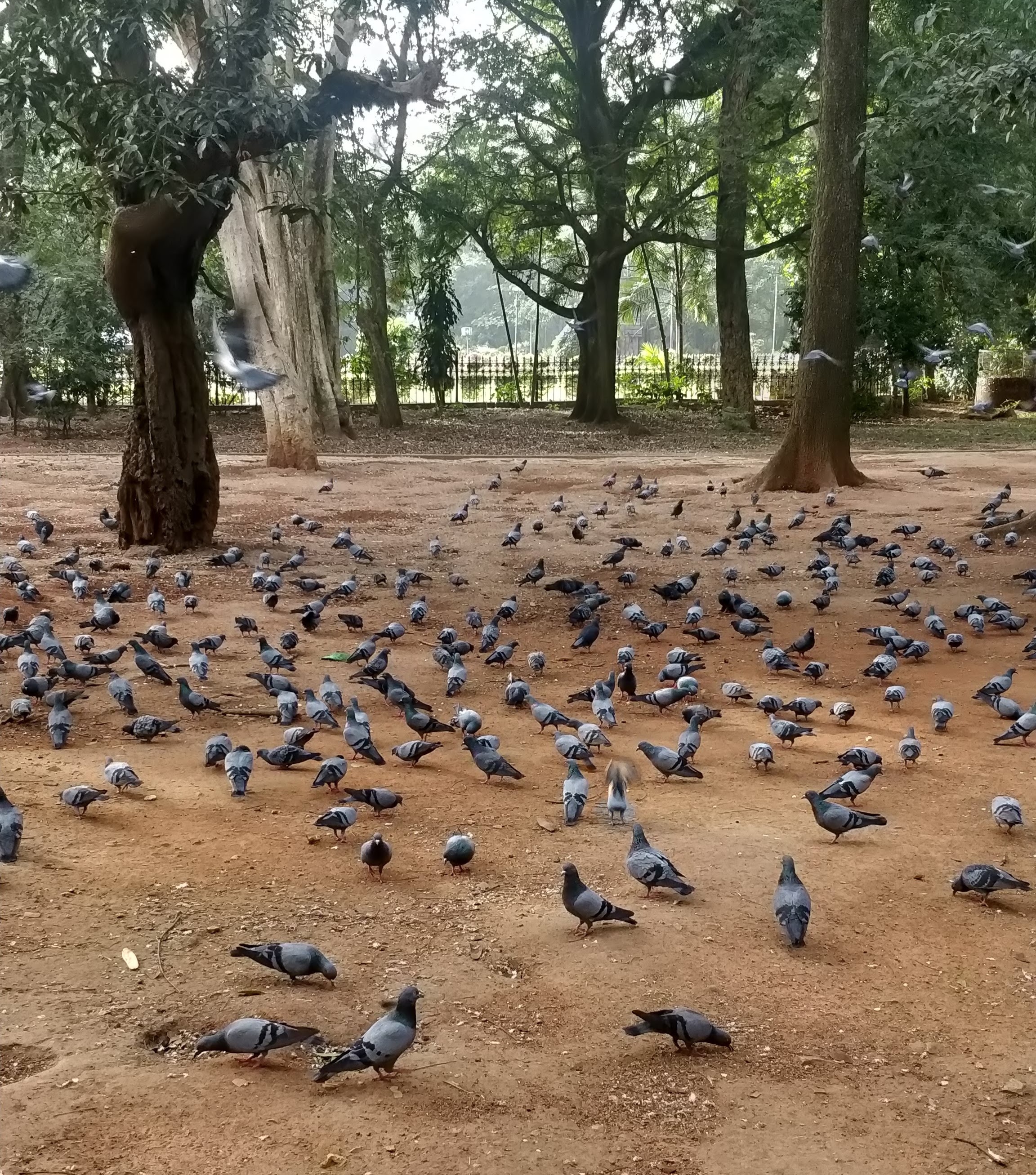
No Comments